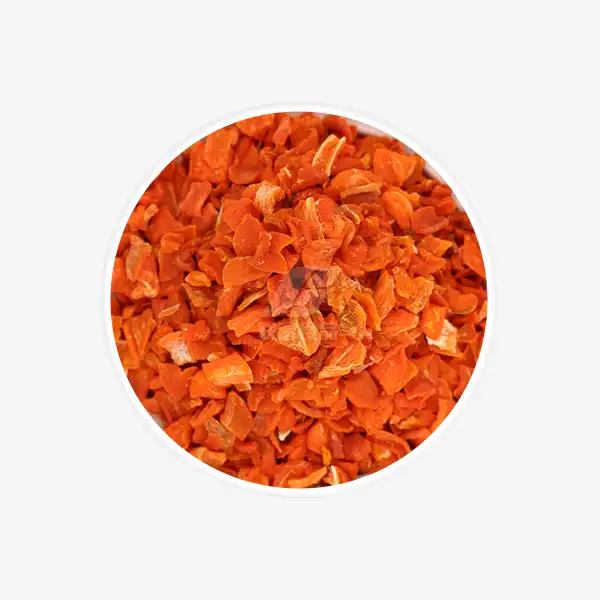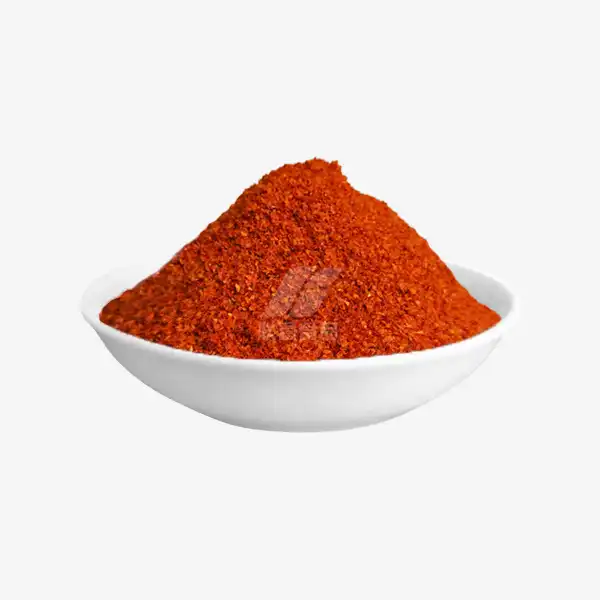How to cook with dehydrated peppers?
Dehydrated red bell peppers are a versatile and convenient ingredient that can add flavor, color, and nutrition to a wide variety of dishes. Whether you're an experienced chef or a home cook looking to spice up your meals, learning how to use dehydrated peppers can open up new culinary possibilities. In this comprehensive guide, we'll explore delicious recipes, rehydration techniques, and the many benefits of cooking with dehydrated red bell peppers.
Top Recipes Using Dehydrated Red Bell Peppers
Dehydrated red bell peppers can be incorporated into numerous dishes, adding a burst of flavor and vibrant color. Here are some mouthwatering recipes to try:
Zesty Bell Pepper Pasta Sauce
Create a flavorful pasta sauce by rehydrating bell pepper flakes in hot water, which softens and intensifies their flavor. Blend the softened flakes with rich olive oil, aromatic garlic, and your choice of fresh herbs like basil or oregano for an aromatic base. Toss the sauce with your favorite pasta shape for a quick, satisfying meal that's both vibrant and full of taste, perfect for any day of the week.
Colorful Rice Pilaf
Elevate your rice dishes by adding rehydrated bell pepper pieces to the cooking water. As the peppers hydrate, they release their sweet, subtle flavor, which infuses the rice and enhances its taste. The colorful bell pepper pieces also add a pop of vibrant color, making the dish visually appealing. This simple addition transforms your rice into a flavorful, eye-catching side dish that complements any meal.
Hearty Vegetable Soup
Throw a handful of dehydrated red bell peppers flakes into your favorite soup recipe to elevate the flavor. As the soup simmers, the flakes will rehydrate, releasing their sweet and smoky notes into the broth. This subtle yet flavorful addition enhances the overall taste, adding depth and complexity to your dish while also contributing a bit of color and texture to the soup.
Savory Omelet Filling
Rehydrate bell pepper pieces and use them as a flavorful omelet filling, pairing them with melted cheese and other fresh vegetables like spinach or onions. The peppers add a sweet, savory taste and vibrant color, making the omelet both delicious and nutritious. This quick and easy breakfast option is packed with vitamins and will keep you energized throughout the morning.
Homemade Pizza Topping
Sprinkle dehydrated bell pepper flakes directly onto your pizza before baking for a crispy, intensely flavored topping. As the pizza bakes, the flakes rehydrate slightly, infusing the crust and cheese with a bold, sweet flavor without adding excess moisture. This simple addition enhances the overall taste and texture, giving your pizza a unique and satisfying twist.
Rehydrating Dehydrated Red Bell Peppers for Cooking
To get the most out of your dehydrated red bell peppers, it's crucial to rehydrate them properly. Here's a step-by-step guide:
Hot Water Method
- Place the desired amount of dehydrated bell peppers in a heat-safe bowl.
- Pour hot (not boiling) water over the peppers, using a ratio of 2 parts water to 1 part peppers.
- Allow the peppers to soak for 15-20 minutes, or until they become pliable and similar in texture to fresh peppers.
- Drain any excess water before using in your recipe.
Cold Water Method
- Place the dehydrated peppers in a bowl and cover with cold water.
- Let them soak for 2-4 hours, or until fully rehydrated.
- Drain and use as desired in your cooking.
Direct Addition Method
For soups, stews, and sauces, you can add the dehydrated peppers directly to the pot. They will rehydrate as the dish cooks, absorbing flavors from the other ingredients.
Tips for Perfect Rehydration
- Use filtered water for the best flavor.
- Avoid over-soaking, as this can lead to mushy peppers.
- If you're short on time, use warm water and reduce the soaking time.
- Save the soaking liquid to add extra flavor to your dish.
Advantages of Cooking with Dehydrated Red Bell Peppers
Incorporating dehydrated red bell peppers into your cooking offers numerous benefits:
Extended Shelf Life
Dehydrated peppers can last for months or even years when stored in a cool, dry place in an airtight container, making them a long-lasting pantry staple. This preservation method reduces food waste and ensures you always have a versatile, flavorful ingredient ready to enhance a wide variety of dishes, from soups to pasta to salads, with minimal effort.
Concentrated Flavor
The dehydration process intensifies the natural sweetness and flavor of red bell peppers, concentrating their taste into small, potent pieces. This allows you to add a punch of vibrant flavor to your dishes without the need for large quantities, making it a perfect way to enhance soups, stews, sauces, and even snacks with minimal effort and maximum taste.
Nutritional Value
Dehydrated red bell peppers retain most of their nutritional content, including vitamins A and C, fiber, and antioxidants. They're a healthy addition to any meal.
Space-Saving Storage
Dehydrated peppers take up significantly less space than fresh ones, making them ideal for small kitchens or camping trips.
Year-Round Availability
With dehydrated peppers, you can enjoy the flavor of red bell peppers even when they're out of season or unavailable in your area.
Convenience
No need to wash, chop, or deseed – dehydrated peppers are prepped and ready to use, saving you valuable time in the kitchen. Simply add them to your dishes for an instant boost of flavor without the hassle, making cooking quicker and easier.
Versatility
From soups and stews to dry rubs and seasoning blends, dehydrated red bell peppers can be used in a wide array of culinary applications.
Conclusion
Cooking with dehydrated red bell peppers opens up a world of culinary possibilities. Their concentrated flavor, long shelf life, and nutritional benefits make them an excellent addition to any pantry. By mastering the art of rehydration and incorporating them into various recipes, you can elevate your cooking and enjoy the taste of red bell peppers year-round. For high-quality dehydrated red bell peppers and other dehydrated vegetables, contact Xinghua Lianfu Food Co., Ltd. at qingzhengliu@jslianfu.com.
References
1. Johnson, M. (2021). The Complete Guide to Dehydrating Foods. Harvest Press.
2. Smith, A. (2020). Cooking with Dehydrated Vegetables: Tips and Tricks. Culinary Insights Magazine, 15(3), 45-52.
3. Davis, R. (2019). Nutritional Analysis of Fresh vs. Dehydrated Bell Peppers. Journal of Food Science and Technology, 56(4), 1832-1840.
4. Thompson, L. (2022). Innovative Uses for Dehydrated Peppers in Modern Cuisine. Gastronomy Today, 8(2), 112-120.
5. Wilson, E. (2018). The Art of Rehydration: Maximizing Flavor in Dried Foods. Culinary Techniques Quarterly, 22(1), 78-85.

_1729843393550.webp)









